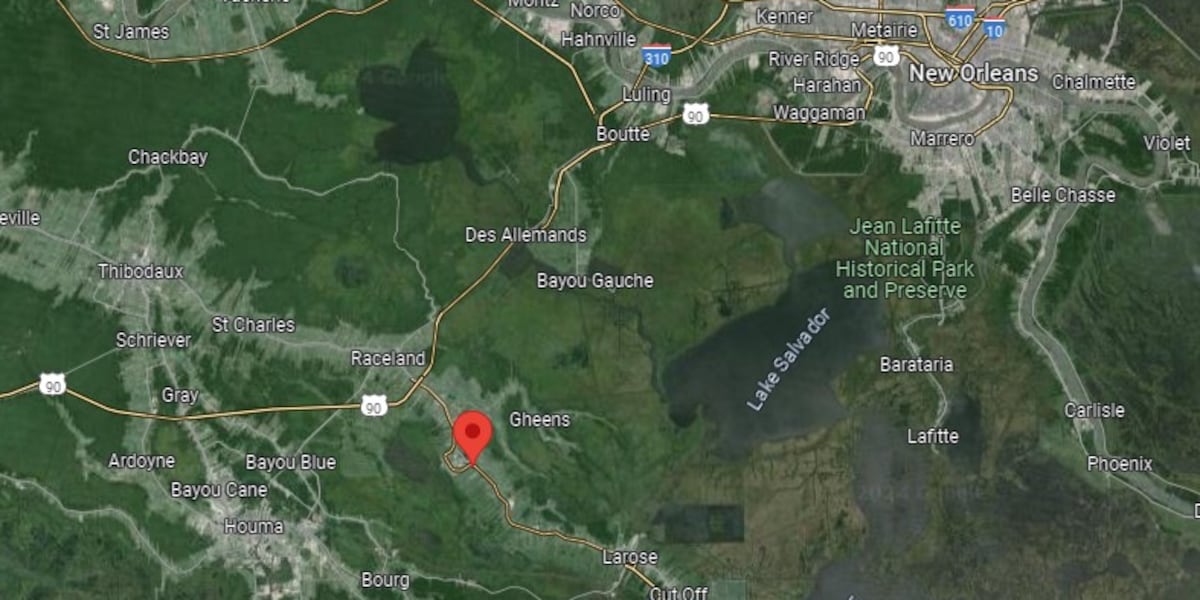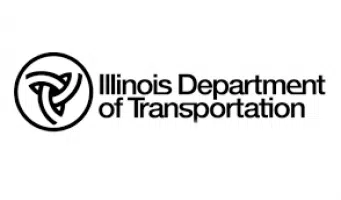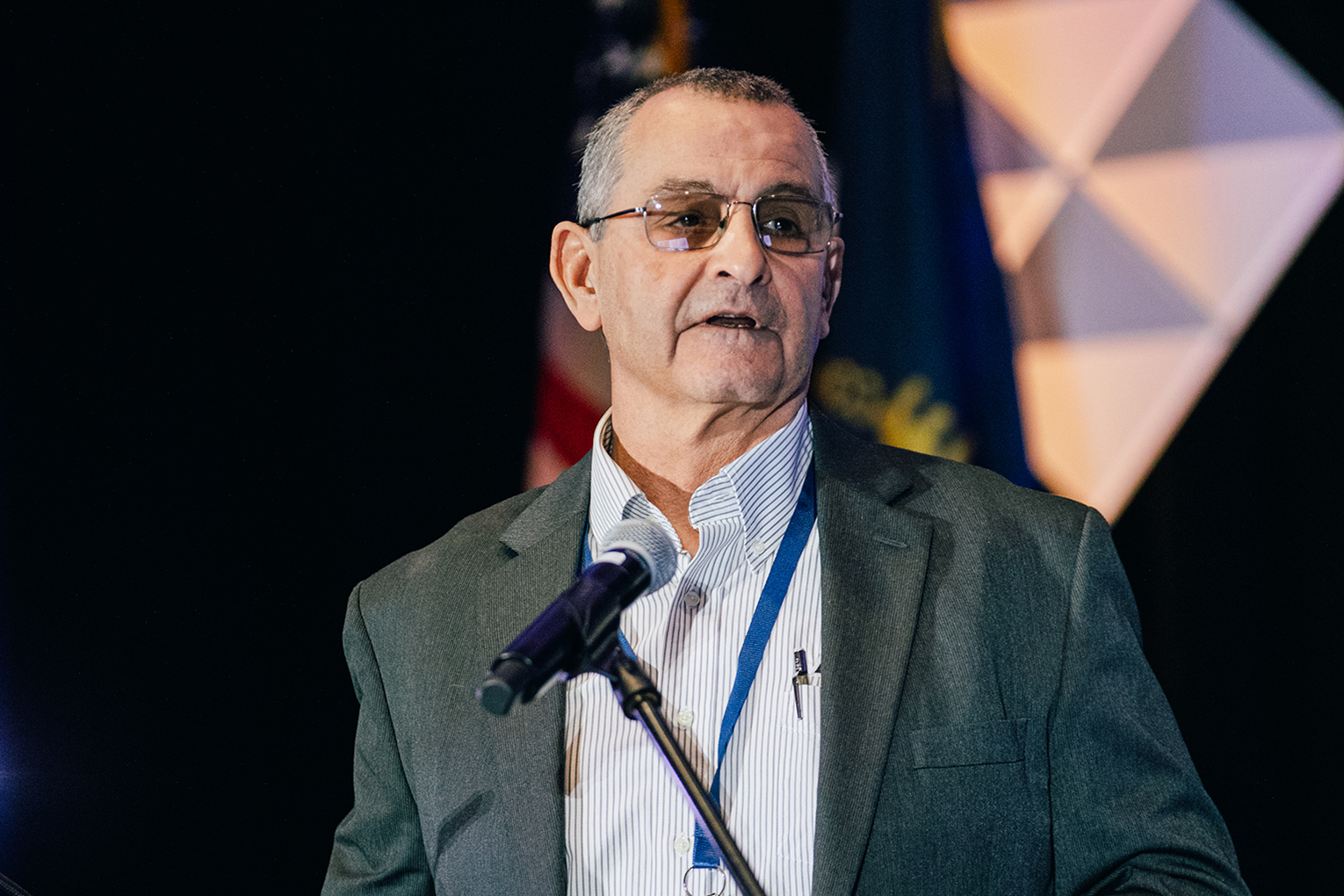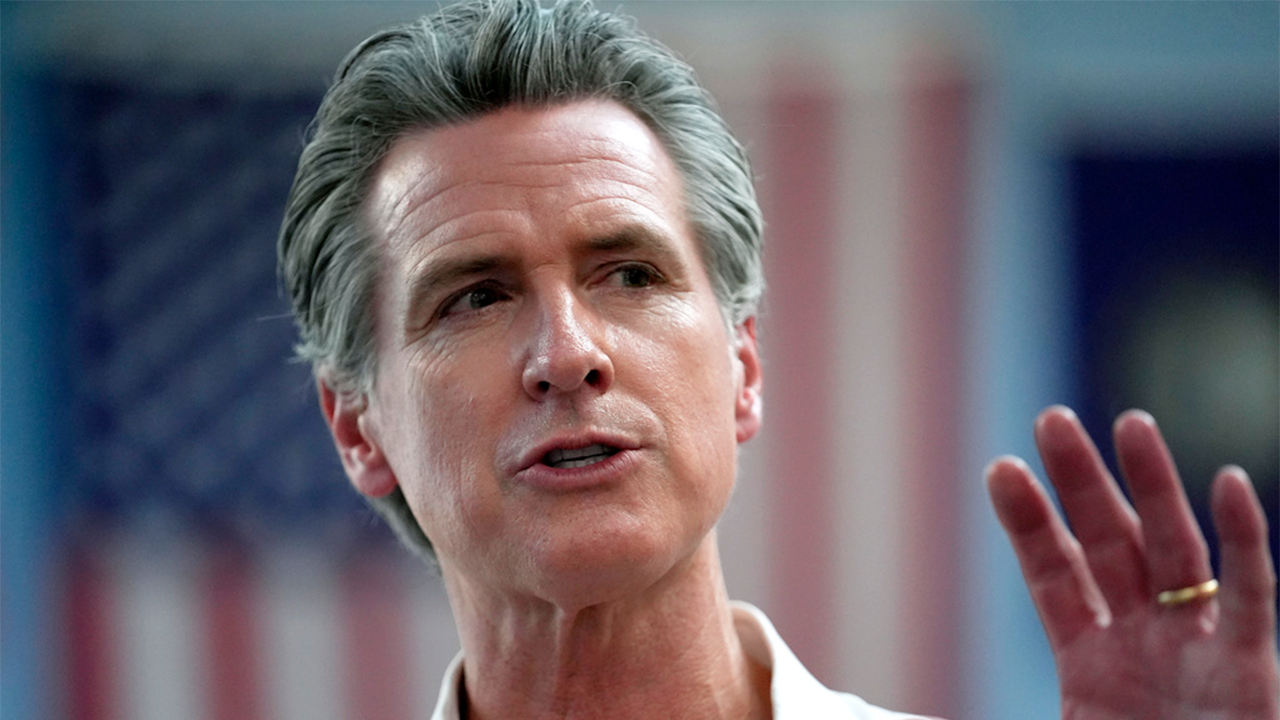Minnesota
NEXT Drive: Wrong-way driver killed in fiery crash that closed I-94 in east metro

WOODBURY, Minn. — The Minnesota State Patrol is investigating a deadly crash that shut down a stretch of Interstate 94 overnight between Woodbury and Lakeland.
The crash happened around 3:30 a.m. Saturday and left a fiery, smoky scene.
The state patrol said a driver in a Dodge Ram was going the wrong way in the eastbound lines and hit a FedEx Freightliner head-on. Both vehicles caught fire, and the driver of the Ram died after being trapped inside. The driver of the semi truck, a 69-year-old man from Eau Claire, Wisconsin, was extricated and taken to a hospital. He is expected to survive.
The driver of the Ram has not yet been publicly identified.
READ MORE: 5 killed in south Minneapolis crash caused by driver fleeing state patrol, police say
As of 8 a.m., traffic was still being diverted off of I-94.
Thanks for reading CBS NEWS.
Create your free account or log in
for more features.

Minnesota
Minnesota weather: Roads in St. Paul to reopen Wednesday after flood closure

St. Paul streets re-opening after flooding
After the City of St. Paul closed some roads, parks, and trails due to flooding concerns, Shepard and Warner roads are set to reopen Wednesday night. FOX 9’s Bill Keller has more.
ST. PAUL, Minn. (FOX 9) – A stretch of road in St. Paul that closed in June due to flooding concerns is set to reopen on Wednesday.
It’s been nearly a month since the banks of the Mississippi River overflowed in St. Paul, prompting officials to close some roads, parks and trails in the city.
A three-mile stretch of Shepard Road and Warner Road on the north side of the river was closed to vehicle, bicycle, and pedestrian traffic on June 23. Now that water levels continue to improve, city officials say the roadways are set to open after 6 p.m. on Wednesday. Sibley and Jackson streets will also reopen for vehicle traffic from Shepard Road to Kellogg Boulevard.
The river levels crested in St. Paul at 20.17 feet, the eighth-highest record for the city, officials said. Since cresting nearly three weeks ago, the river has dropped almost 11 feet, and the water continues to recede.
However, Water Street on the other side of the river will remain shut down until inspection and cleanup are finished. Harriet Island also remains closed so crews can finish making repairs and prepare for a big event this weekend.
The overall drying trend is helping organizers prepare for the inaugural Minnesota Yacht Club, a two-day music festival this Friday and Saturday featuring big names like Gwen Stefani, Alanis Morissette, and the Red Hot Chili Peppers.
Meanwhile, drivers in the southwest metro are still dealing with the impacts of high water levels. The Highway 41 Bridge between downtown Chaska and Highway 169 has been closed since June 20 due to flooding from the Minnesota River.
The water level at Shakopee has dropped more than 13 feet since the near-historic crest and just dipped below flood stage on Tuesday. With the receding water, crews are planning to reopen the crossing on Monday.
Minnesota
Commentary: Indigenous knowledge plays critical role in securing resilience of Minnesota forests

The
Leech Lake Band of Ojibwe
shares more boundaries with the federally managed National Forest System than any other tribe in the United States, with 75% of the reservation border adjoining the Chippewa National Forest in northern Minnesota.
Being in the Northwoods, timber harvesting and forest management are important to the tribe’s economy. Yet, the value of the forest extends well beyond timber production. Forests provide the Leech Lake Band a deep cultural foundation, sustaining life for humans, plants and animals, all while cleaning the air and water.
However, forest health has declined rapidly over the past two centuries. Clear-cut logging by European settlers combined with a management legacy of fire suppression and the impacts of climate change are increasingly exposing our forests to risks from severe wildfire, insects and disease and drought.
Many modern forests now lack a diversity of tree ages, especially older trees which are a vital component of a healthy and resilient forest. Old-growth forest conditions are now present on just 13% of lands within federal national forests, and here in the State of Minnesota, it’s less than half that amount.
The absence of older forests means a loss of vital habitat for important plants and animals. For example, old-growth forests are essential habitats for eagles, a doodem (clan) animal of the Leech Lake Band of Ojibwe. Eagles need very tall trees to nest and hunt, heights that can only be provided by old-growth forests. By protecting old-growth forests, we protect the vital habitat of the great American bald eagle.
While fire — including natural ignitions and cultural burning — contributes to the health of many forest ecosystems, the average acreage burned in the U.S. has more than doubled in the past half-century. The Federal Government now spends $7 billion to manage the escalating wildfire crisis. However, this $7 billion is only sufficient to conduct fuel treatments on 60 million of the 800 million forested acres nationwide.
Additionally, forests damaged by insects sequester 69% less carbon than healthy forests — the equivalent of adding 50 million tons of CO2, or the emissions of 10 million cars, into our atmosphere each year.
In light of these challenges, the U.S. Forest Service is exploring ways to restore old-growth forests as part of a strategy to increase the resilience and health of national forests, both for the benefit of people and of nature. Specifically, these agencies are looking for ways to strengthen forest resilience by incorporating Indigenous knowledge into forest management planning and practices.
Contrary to myths of “virgin” or “untouched” forests when Europeans first arrived on this continent, the evidence is clear that forests were actively taken care of by Indigenous people for thousands of generations. And it is still that way today.
Modern studies have shown that Native American land use increased the abundance of fire-tolerant, shade-intolerant and nut-producing trees up to 31 miles from Indigenous settlements. Utilizing Indigenous knowledge can help slow and even reverse the troubling trends in forest health.
The Leech Lake Band knows how important a healthy and resilient forest system is for the livelihood of those living throughout northern Minnesota. They are excited to partner with the U.S. Forest Service to share their knowledge of practices that will reduce the dangers of uncontrolled wildfires, increase long-term timber yields using sustainable forestry practices, and provide diverse habitats for numerous species, along with many other resources and values provided by healthy forests.
The reality is that the federal government does not have the capacity to adequately manage the nation’s 193 million acres of national forests alone and forest health issues do not respect political boundaries.
Fortunately, there are 574 federally recognized tribes across the United States with a deep connection to the land and a unique understanding of forest and environmental relationships learned and passed down over many generations.
Let’s expand engagement with tribes — the original stewards of these lands — and work together to address the health of our nation’s forests so everyone can receive the benefits from healthy and resilient forests.
Keith Karnes began working for the Leech Lake Band of Ojibwe in 2006 and now serves as the Division of Resource Management Forestry Director.
Minnesota
‘American Pickers’ returning to Minnesota this fall

DULUTH, Minn. (Northern News Now) – Calling all collectors, the “American Pickers” want to shop your stuff.
The History Channel duo of Mike and Robbie Wolfe will be on the road this fall, visiting Minnesota in September.
The series follows the brothers as they hunt for America’s most valuable antiques.
They’re looking for not only cool junk but cool people.
Anyone with a unique story or extraordinary collection is encouraged to contact them.
The Pickers do not pick stores, flea markets, malls, auction businesses, museums, or anything open to the public.
If you are interested in being featured on the show, send your name, phone number, location, and collection description with photos here or call (646) 493-2184.
Click here to download the Northern News Now app or our Northern News Now First Alert weather app.
Copyright 2024 Northern News Now. All rights reserved.
-

 World1 week ago
World1 week agoAfter Moscow, Hungary's Orbán makes surprise visit to Beijing
-

 World1 week ago
World1 week agoAustralia appoints special envoy to combat anti-Semitism
-

 Movie Reviews1 week ago
Movie Reviews1 week agoFilm Review: The Bikeriders – Soundsphere magazine
-

 California1 week ago
California1 week agoTwo arrested in connection to separate California wildfires
-

 Fitness1 week ago
Fitness1 week agoExercise with Purpose: Bar Talk with Eric Bartosz – Saucon Source
-

 News1 week ago
News1 week agoBiden tells Hill Democrats he is staying in the race | CNN Politics
-

 News1 week ago
News1 week agoHow to fight shrinkflation? Pay attention to unit prices at grocery stores
-

 World1 week ago
World1 week agoIndia’s Modi makes first Russia visit since Ukraine invasion



















